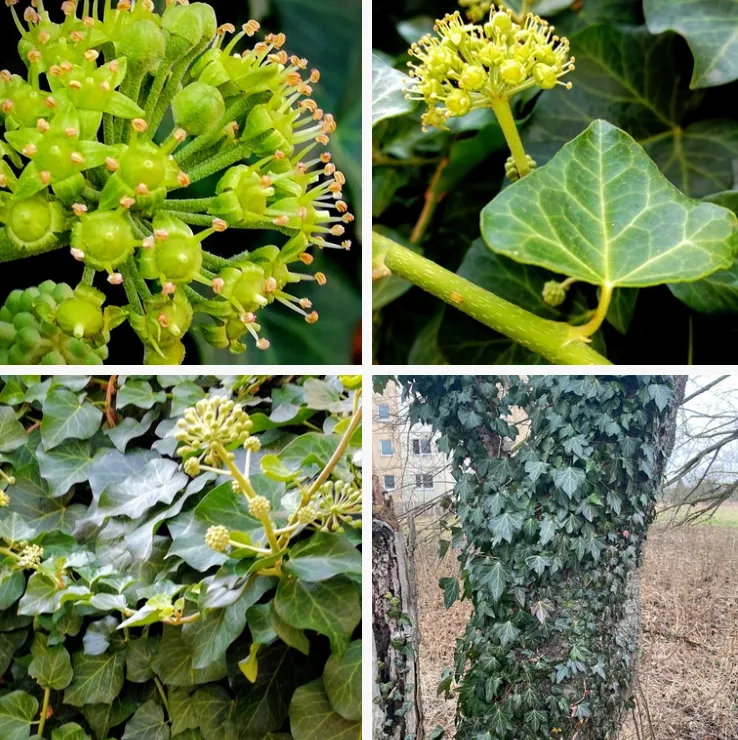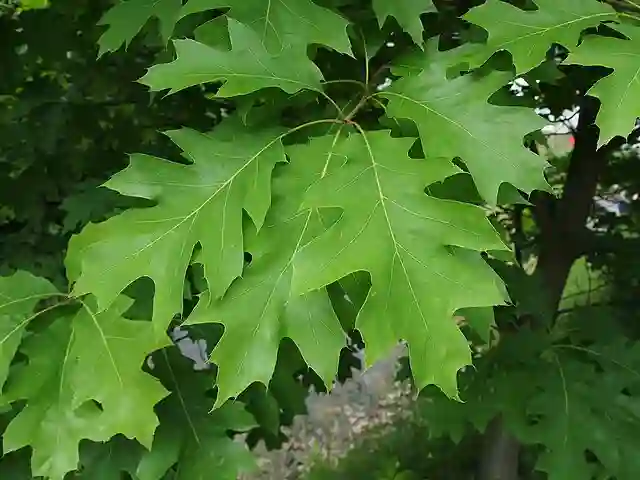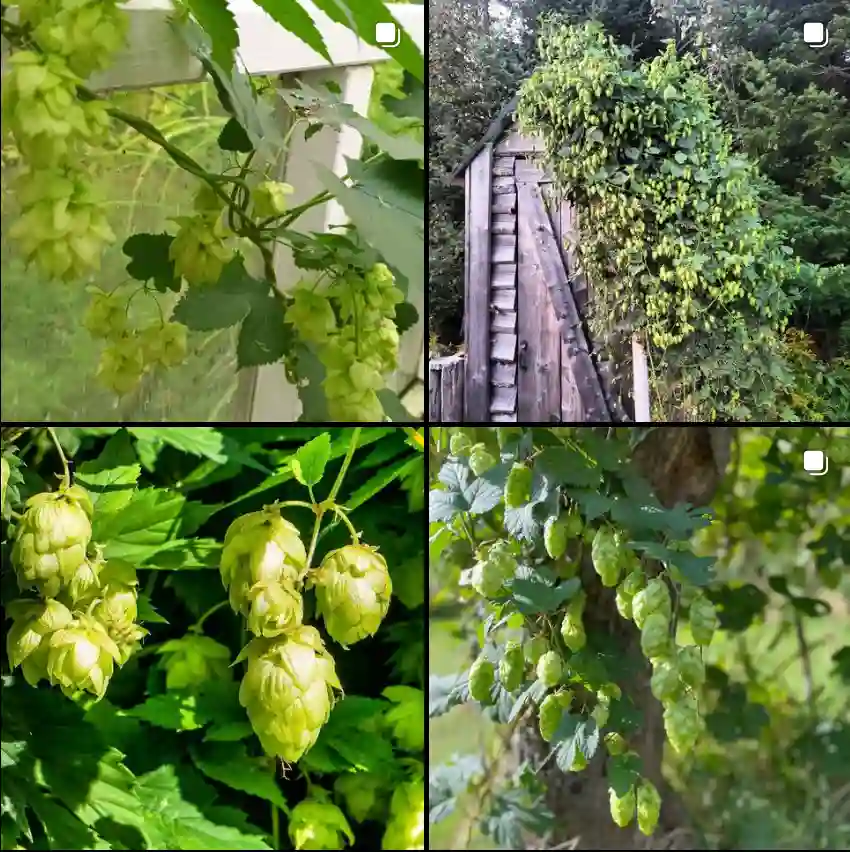My Fascination with Aichryson
I’m Ferb Vu, and I’ve always been drawn to the unique beauty of succulents. Their diverse forms and incredible resilience never cease to amaze me. Among my favorites is the genus Aichryson, a group of charming plants native to the Macaronesian islands. These little succulents belong to the Crassulaceae family, often referred to as “tree houseleeks,” have captured my attention with their intriguing characteristics and endearing appearance.
Discovering the Charm of Aichryson
My first encounter with an Aichryson was at a local plant nursery. Nestled among the echeverias and sedums, a small pot labeled Aichryson laxum caught my eye. Its fuzzy, green rosettes and delicate stems immediately charmed me. I brought it home, and that was the beginning of my fascination with this delightful genus.
Aichryson species are typically small, subshrubs with fleshy leaves forming rosettes. What sets them apart are their unique flowers, which bloom in clusters and boast star-shaped petals. The name Aichryson itself is derived from the Greek words “aei” (always) and “chrysos” (gold), a testament to the enduring beauty of their golden blossoms.
A Diverse Genus
The Aichryson genus encompasses around 22 species, each with its own distinct characteristics:
- Aichryson laxum: This species, also known as the “tree houseleek,” is a biennial plant with soft, hairy leaves and vibrant yellow flowers.
- Aichryson tortuosum: This species is characterized by its twisted, woody stems and small, tightly packed rosettes.
- Aichryson punctatum: This unique species has sticky leaves covered in glandular hairs, giving it a distinctive texture.
- Aichryson × aizoides (Lam.) E.C.Nelson
- Aichryson × azuajei Bañares
- Aichryson bituminosum Bañares
- Aichryson bollei Webb ex Bolle
- Aichryson × bramwellii G.Kunkel
- Aichryson brevipetalum Praeger
- Aichryson × buchii Bañares
- Aichryson × cumbrense Bañares
- Aichryson dichotomum (DC.) Webb & Berthel.
- Aichryson divaricatum (Aiton) Praeger
- Aichryson dumosum (Lowe) Praeger
- Aichryson pachycaulon Bolle
- Aichryson palmense Webb ex Bolle
- Aichryson parlatorei Bolle
- Aichryson porphyrogennetos Bolle
- Aichryson × praegeri G.Kunkel
- Aichryson roseum Bañares
- Aichryson santamariensis M.Moura, Carine & M.Seq.
- Aichryson villosum (Aiton) Webb & Berthel.
Caring for Aichryson
One of the reasons I adore Aichryson is their relatively easy care requirements. These succulents thrive in well-draining soil and bright, indirect light. They prefer slightly cooler temperatures and are not frost-hardy. Overwatering is a common issue, so it’s crucial to allow the soil to dry out completely between waterings.
In their natural habitat, Aichryson species often grow in rocky crevices and cliffs. To mimic these conditions, I like to use a porous potting mix with added perlite or pumice. This ensures excellent drainage and prevents the roots from becoming waterlogged.
Propagation
Propagating Aichryson is a breeze. They can be easily propagated from stem cuttings or leaves. I prefer taking stem cuttings in spring or early summer. After allowing the cutting to callous for a day or two, I simply place it in well-draining soil and keep it lightly moist until roots develop.
The Allure of Aichryson
What truly captivates me about Aichryson is their ability to thrive in seemingly harsh conditions. Their resilience and adaptability are a constant source of inspiration. Whether adorning a sunny windowsill or adding a touch of greenery to a rock garden, these plants bring a unique charm to any space.
I believe the allure of Aichryson lies in their understated beauty. They are not flashy or demanding, yet they possess a quiet elegance that draws you in. Their soft textures, delicate blooms, and intriguing forms offer a welcome contrast to the more common succulents.
As I continue to explore the world of succulents, my appreciation for Aichryson only deepens. Their unique characteristics, ease of care, and enduring beauty make them a true gem in the plant kingdom. I encourage fellow plant enthusiasts to discover the charm of Aichryson and add these delightful succulents to their collection.
If i die, water my plants!



